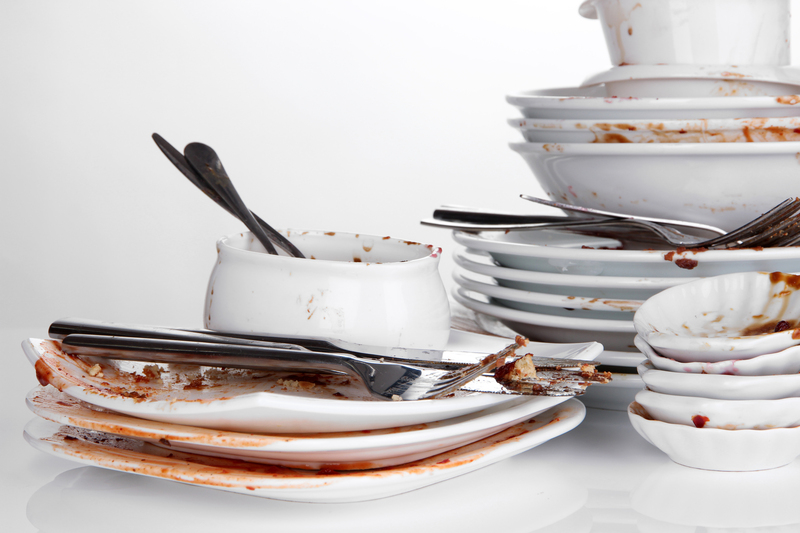Quick Oven Cleaning Guide
Posted on 17/10/2024
Regular oven cleaning is crucial for several reasons. First, it ensures your meals are cooked in a hygienic environment, minimizing the risk of contamination. Second, a clean oven operates more efficiently, using less energy and cooking food evenly. Lastly, regular cleaning extends the lifespan of your appliance, saving you money in the long run.
Materials Needed
Before diving into the cleaning process, gather the necessary materials:
- Baking soda
- White vinegar
- Water
- Dish soap
- A spray bottle
- Sponges or cloths
- A soft brush or old toothbrush
- Oven gloves
- A scraper (for tough stains)

Step-by-Step Oven Cleaning Process
1. Preparation:
- Turn off the oven and unplug it if possible.
- Remove all racks and trays for separate cleaning.
2. Making the Cleaning Solution:
- Mix a half-cup of baking soda with a few tablespoons of water until it forms a spreadable paste.
3. Applying the Paste:
- Spread the baking soda paste evenly inside the oven, focusing on greasy and baked-on areas. Avoid heating elements.
4. Let it Sit:
- Allow the paste to sit for at least 12 hours or overnight to break down grease and stains.
5. Cleaning the Racks:
- While waiting, submerge the racks in a mixture of hot water and dish soap for a few hours.
- Scrub off any grime with a brush or sponge.
6. Removing the Paste:
- After 12 hours, use a damp cloth to wipe away the baking soda paste.
- For stubborn spots, use a scraper gently.
7. Vinegar Rinse:
- Pour white vinegar into a spray bottle and spritz the oven interior. The vinegar reacts with any remaining baking soda, creating a fizzy reaction that helps lift grime.
- Wipe down the oven with a damp cloth until clean.
8. Final Wipe Down:
- Use a clean cloth or sponge to give the oven a final wipe down, ensuring no residue remains.
9. Reinstall Racks:
- Once the inside is clean, dry, and residue-free, place the racks and trays back in the oven.
Tips for Maintaining a Clean Oven
- Wipe Spills Immediately: Clean any spills or splatters immediately to prevent them from baking on and becoming tougher to remove.
- Use Oven Liners: These handy mats catch drips and spills, and they are easy to remove and clean.
- Regular Light Cleaning: A quick wipe-down of the oven interiors after each use can prevent buildup and make deep cleaning easier.
Pros and Cons of Using Natural Cleaners
Pros:
- Non-toxic: Safe for your family and pets.
- Eco-friendly: Gentle on the environment.
- Cost-effective: Uses common household items.
Cons:
- Time-Consuming: Requires overnight sitting for effectiveness.
- Elbow Grease: Might need more manual scrubbing compared to chemical cleaners.

Takeaways
- Regular cleaning enhances the efficiency and longevity of your oven.
- Using natural cleaners is both safe and effective but might require more effort.
- Maintaining a clean oven is easier with immediate attention to spills and regular light cleaning.
Conclusion
Cleaning your oven doesn't have to be a daunting chore. With the right materials and a systematic approach, you can achieve a sparkling clean oven that's safe for cooking and efficient to use. By incorporating these cleaning habits and tips into your routine, you'll enjoy a well-maintained oven that stands the test of time. Take the time to follow this guide, and your future self will thank you.

